Information On Growing Coriander Seeds


Chances are pretty good that if you have ever grown cilantro you ended up with coriander seeds at some point. Coriander is the fruit or seed from the cilantro plant, which is also sometimes called the coriander plant. Letting cilantro plants bolt is how to grow coriander. The bolted plants send out flowers and seed in high heat. Growing coriander is easy and rewards you with a seasoning that adds exotic interest to your dishes.
What are Coriander Seeds?
Coriander is a seasoning. It is a hard, round little seed that is a light brown color. Coriander seeds are ground and used in breads, Indian and Middle Eastern foods, Latin and Asian cuisine and is also a component of pickling spices. Cilantro seed answers the question, "What is Coriander?" The coriander plant goes to seed if it is planted when summer is in full swing. If you want cilantro for the citrusy leaves, you need to plant it when temperatures are still cool in spring.
How to Grow Coriander
Plant seeds in late spring to early summer. The plant needs rich, well-drained soil and a moderate amount of water. Sow in a full sun location for best production in loam or sandy soil. Space the seeds 8 to 10 inches (20 to 25 cm.) apart in rows 15 inches (37.5 cm.) apart. By midsummer, the coriander flowers will appear as white lacy umbels. In a couple of weeks the plant will set seed. Neglect is actually the best method of how to grow coriander. The formation of coriander seeds is dependent upon day length, sunlight and temperatures. Cilantro has a short growing season in hot climates and bolts when it is finished growing. Plants grown in mid summer will bolt in only four to six weeks due to the high temperatures. The varieties of cilantro seed that do not say they are slow to bolt will produce the quickest coriander crop. Slow to bolt means the plants will not form seed quickly and are more suitable for the cilantro leaves.
How to Harvest Coriander from Cilantro Plants
Coriander seeds need to be harvested before they drop off the plant. The pretty little flowers are attractive to honeybees and butterflies and turn into the seeds after pollination. The seeds are tiny and will be loose on the stem when ripe. Place a bag under the old flower stem and cut it off. Shake the stem into the bag and the ripe seeds will fall in. The seeds are best used as soon as possible but can be stored in a tightly sealed container.
How to Use Coriander Seed
Coriander needs to be ground in a spice grinder or mortar and pestle for use in cooking. You can also toast the seeds to bring out the flavor or wrap them with other seasonings in cheese cloth as a bouquet garni. The ground seed is most often found in curry powders such as Taklia, which is an Arab condiment, and garam masala. It is used in soups, stews, baked goods, desserts and as a rub on meats.
Gardening tips, videos, info and more delivered right to your inbox!
Sign up for the Gardening Know How newsletter today and receive a free copy of our e-book "How to Grow Delicious Tomatoes".

Bonnie Grant is a professional landscaper with a Certification in Urban Gardening. She has been gardening and writing for 15 years. A former professional chef, she has a passion for edible landscaping.
-
 Looking For Plants To Give You The Soft And Fuzzies? Try These 5 Fuzzy Leaf Plant Options
Looking For Plants To Give You The Soft And Fuzzies? Try These 5 Fuzzy Leaf Plant OptionsLovers of texture, drama, silver foliage and tactile plants will adore these special sensory garden additions. These fuzzy leaf plant options will leave you all aglow
By Susan Albert
-
 Get Ready For A Summer Of Hummers! Grow These Full Sun Hummingbird Plants and Flowers
Get Ready For A Summer Of Hummers! Grow These Full Sun Hummingbird Plants and FlowersIf you’re lucky enough to enjoy a sunny backyard, make sure you are maxing out on your pollinator opportunities and grow these full sun hummingbird plants and flowers
By Tonya Barnett
-
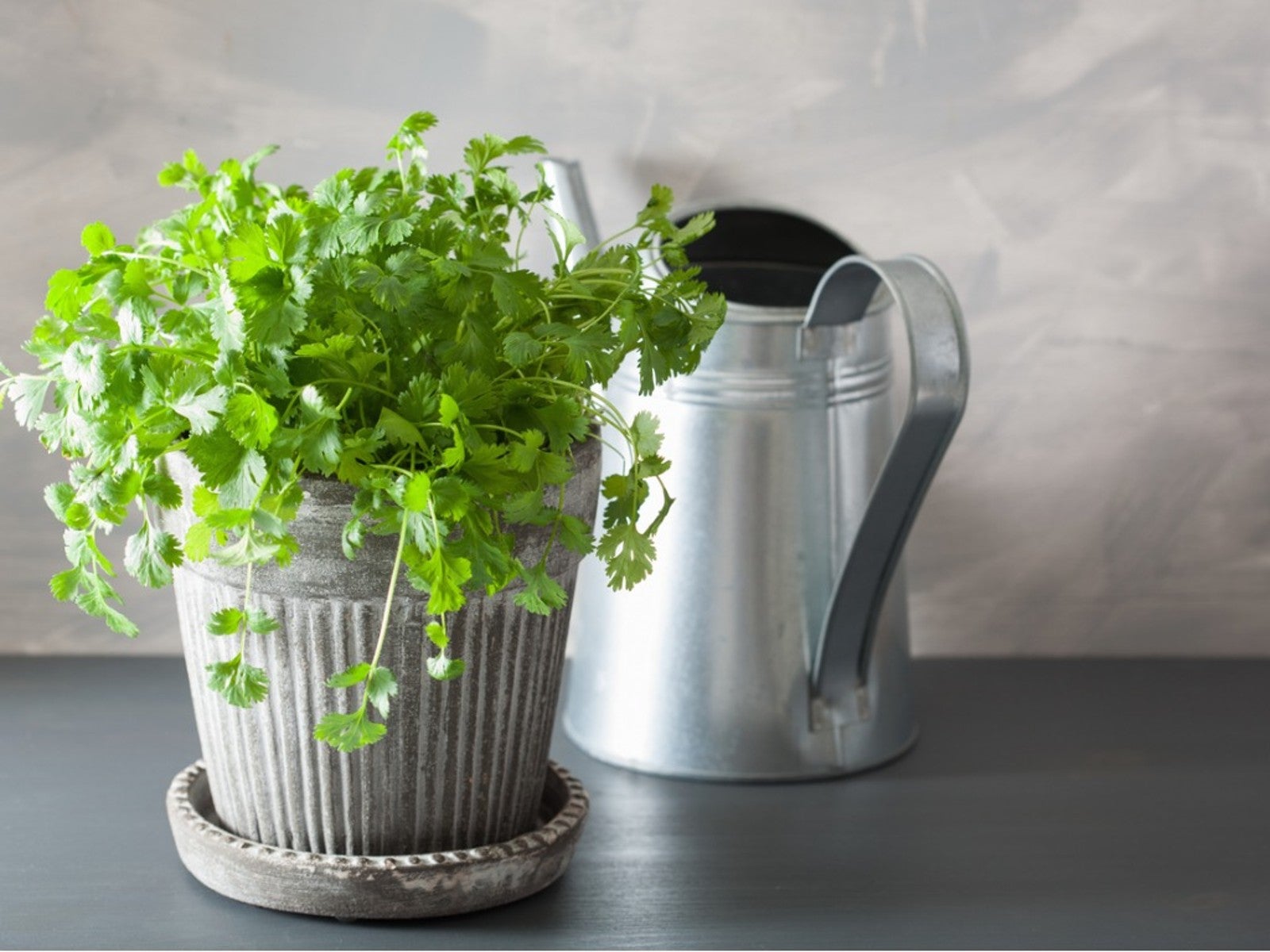 Propagate Cilantro: How To Grow Cilantro From Cuttings And Seed
Propagate Cilantro: How To Grow Cilantro From Cuttings And SeedIf you know how to propagate cilantro, you can keep this tasty herb going throughout the season and beyond. Click here for info on propagating cilantro.
By Mary Ellen Ellis
-
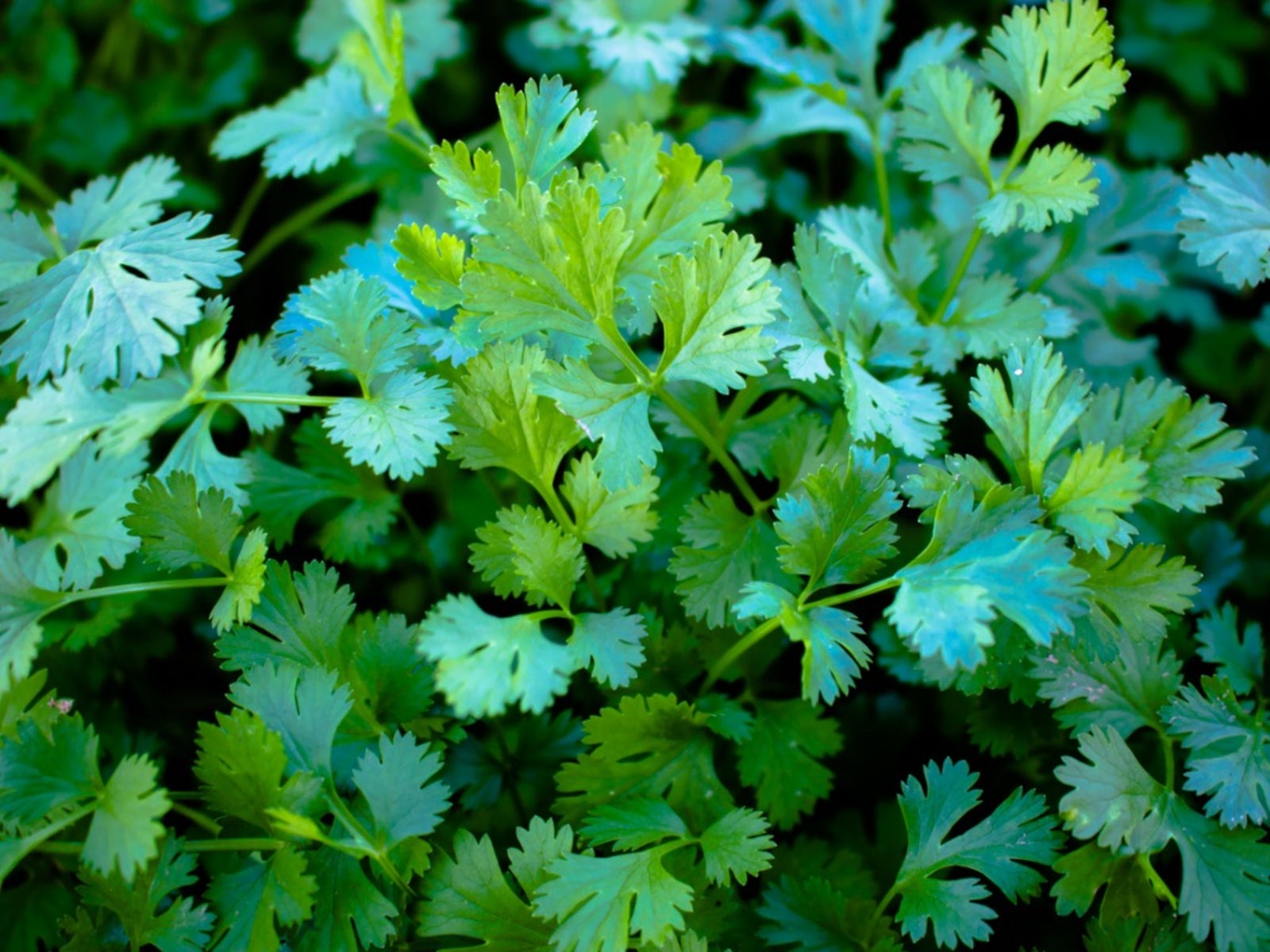 Cilantro Has White Coating On Leaves: Managing Cilantro With Powdery Mildew
Cilantro Has White Coating On Leaves: Managing Cilantro With Powdery MildewPeriods of high humidity, overhead watering and overcrowded plants are likely to lead to powdery mildew on cilantro and many other plants. Learn what to do to control and, if possible, prevent the disease. This article will help get you started.
By Bonnie L. Grant
-
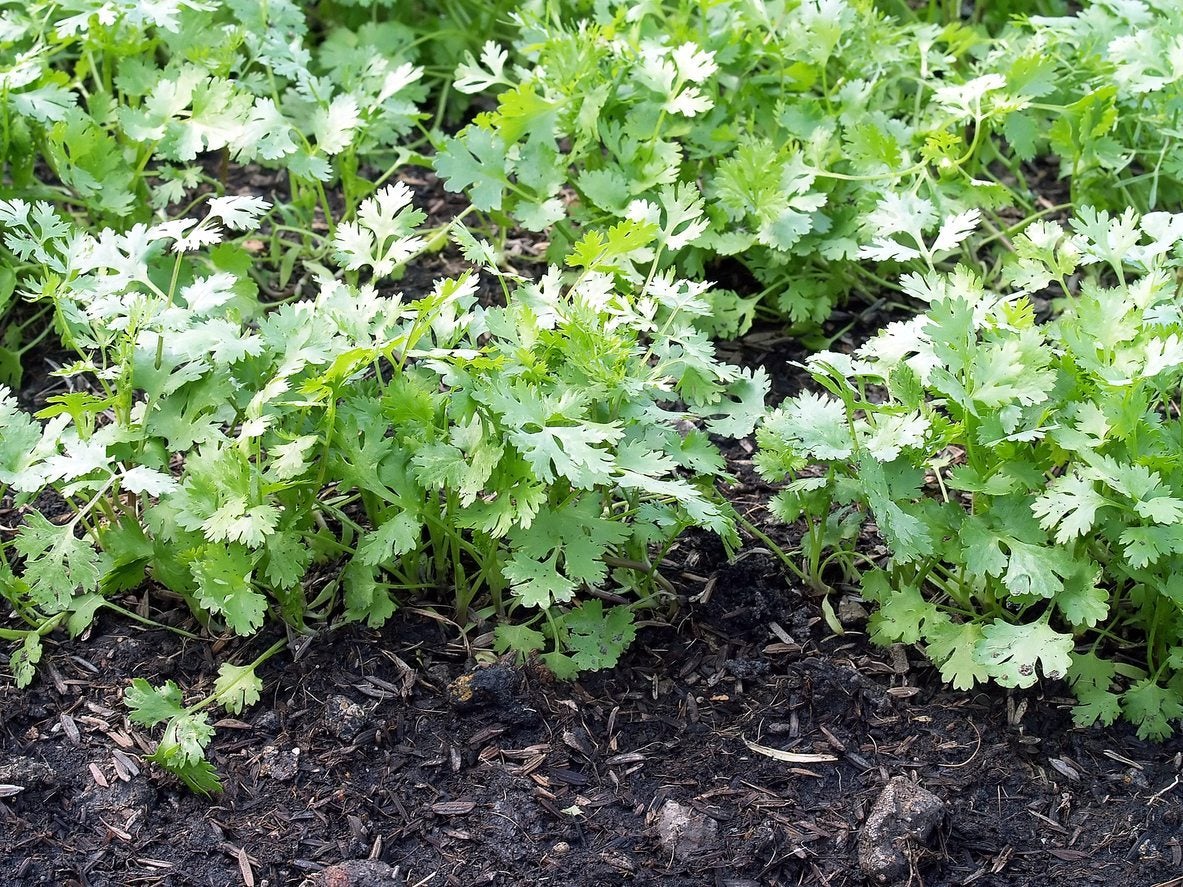 Cilantro Leaf Spot Control: Tips For Managing Cilantro With Leaf Spots
Cilantro Leaf Spot Control: Tips For Managing Cilantro With Leaf SpotsHelp, my cilantro leaves have spots! What is cilantro leaf spot and how do I get rid of it? Sound familiar? We can help. Click the following article for tips and information on managing leaf spot in cilantro plants.
By Mary H. Dyer
-
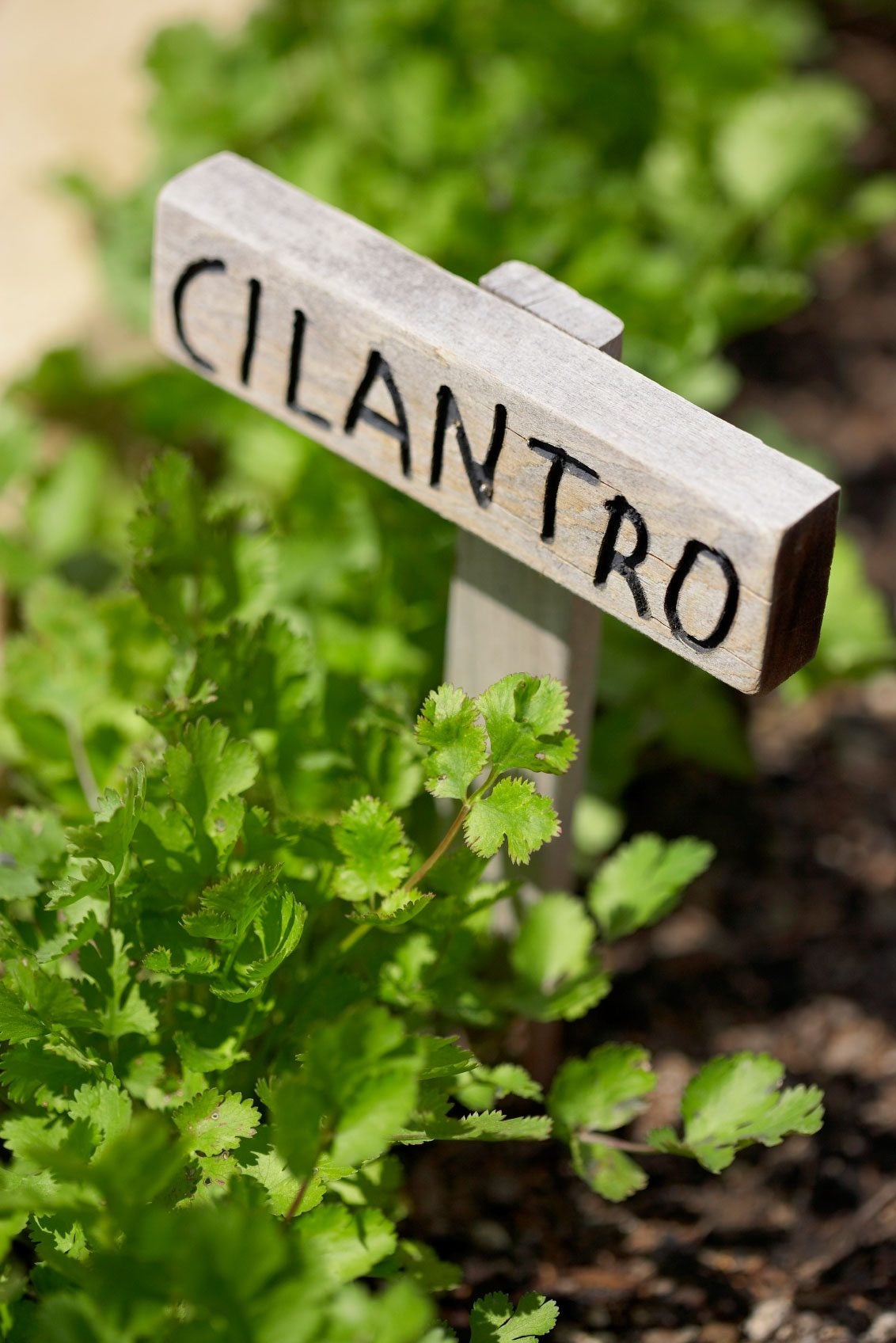 Soapy Tasting Cilantro: Why Cilantro Tastes Soapy
Soapy Tasting Cilantro: Why Cilantro Tastes SoapyYou either love cilantro?s flavor or you hate it - with many people saying that cilantro tastes like soap. So the question is, does your cilantro taste like soap and, if so, what are the reasons why cilantro tastes soapy? Learn the answer here.
By Amy Grant
-
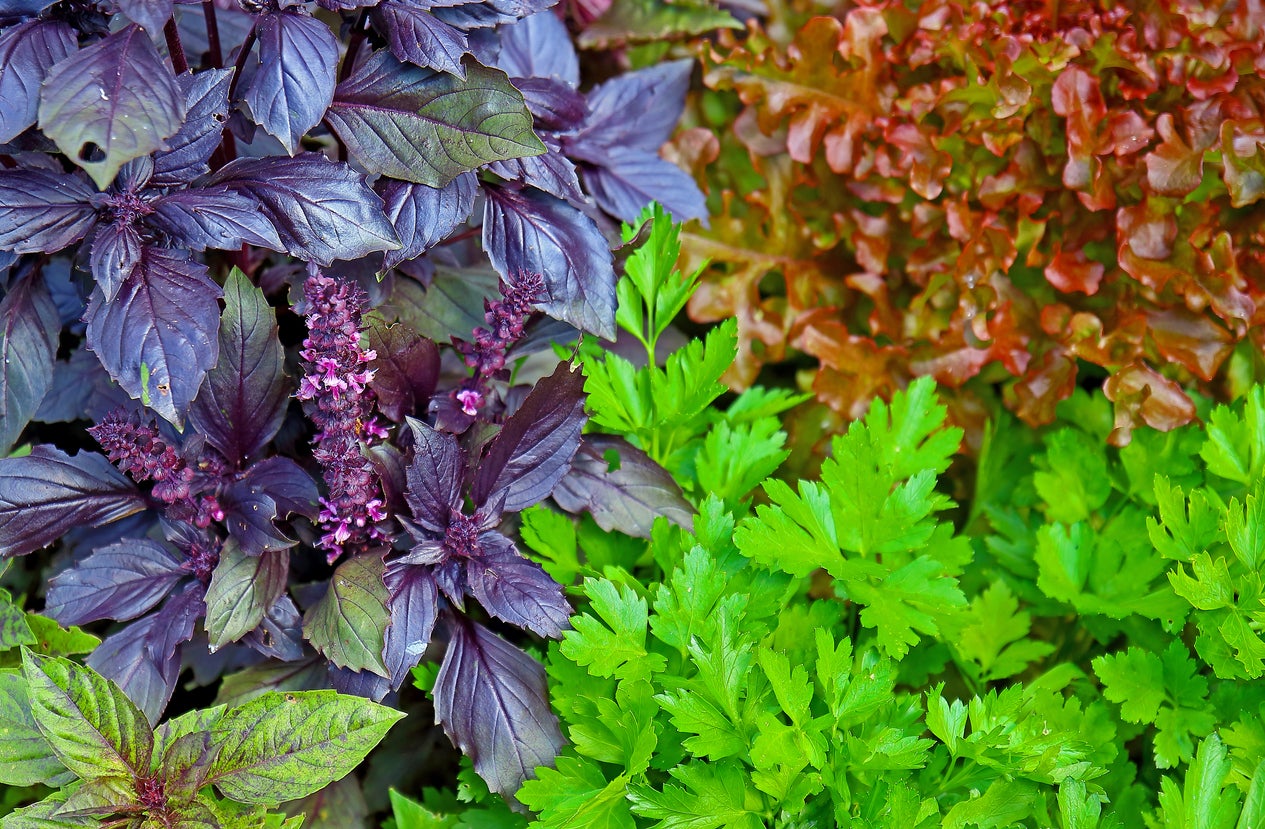 Companion Planting With Cilantro - What Is Cilantro A Companion Plant Of?
Companion Planting With Cilantro - What Is Cilantro A Companion Plant Of?You may be familiar with cilantro as a pungent herb that flavors salsa or pico de gallo. Cilantro, as a companion plant in the garden, is an excellent means of attracting beneficial insects. Learn more here.
By Becca Badgett
-
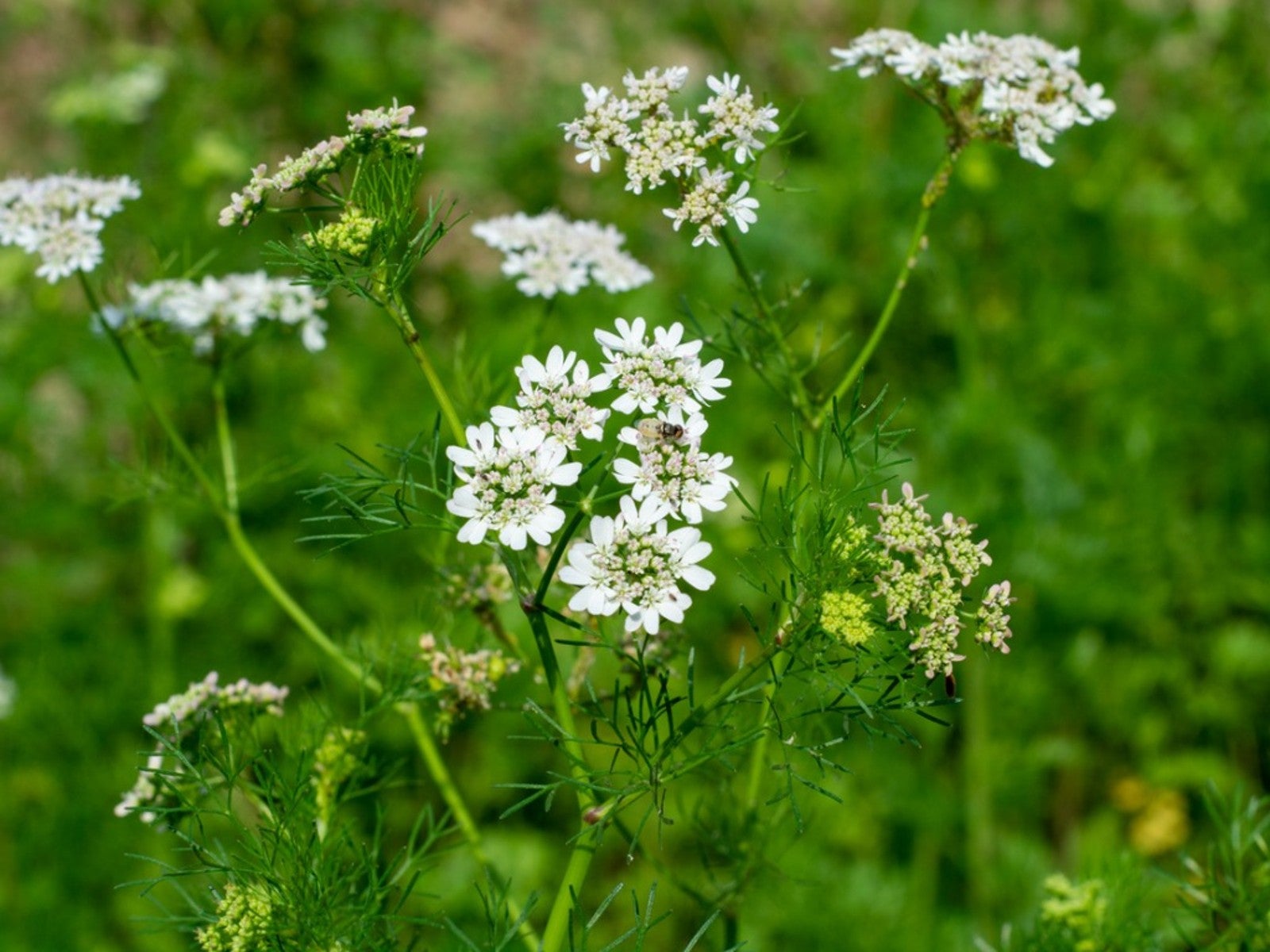 Bolting Cilantro - Why Does Cilantro Bolt And How To Stop It
Bolting Cilantro - Why Does Cilantro Bolt And How To Stop ItCilantro always bolts eventually, but here are some tips about getting the best from this delicious herb and how to keep it going.
By Heather Rhoades
-
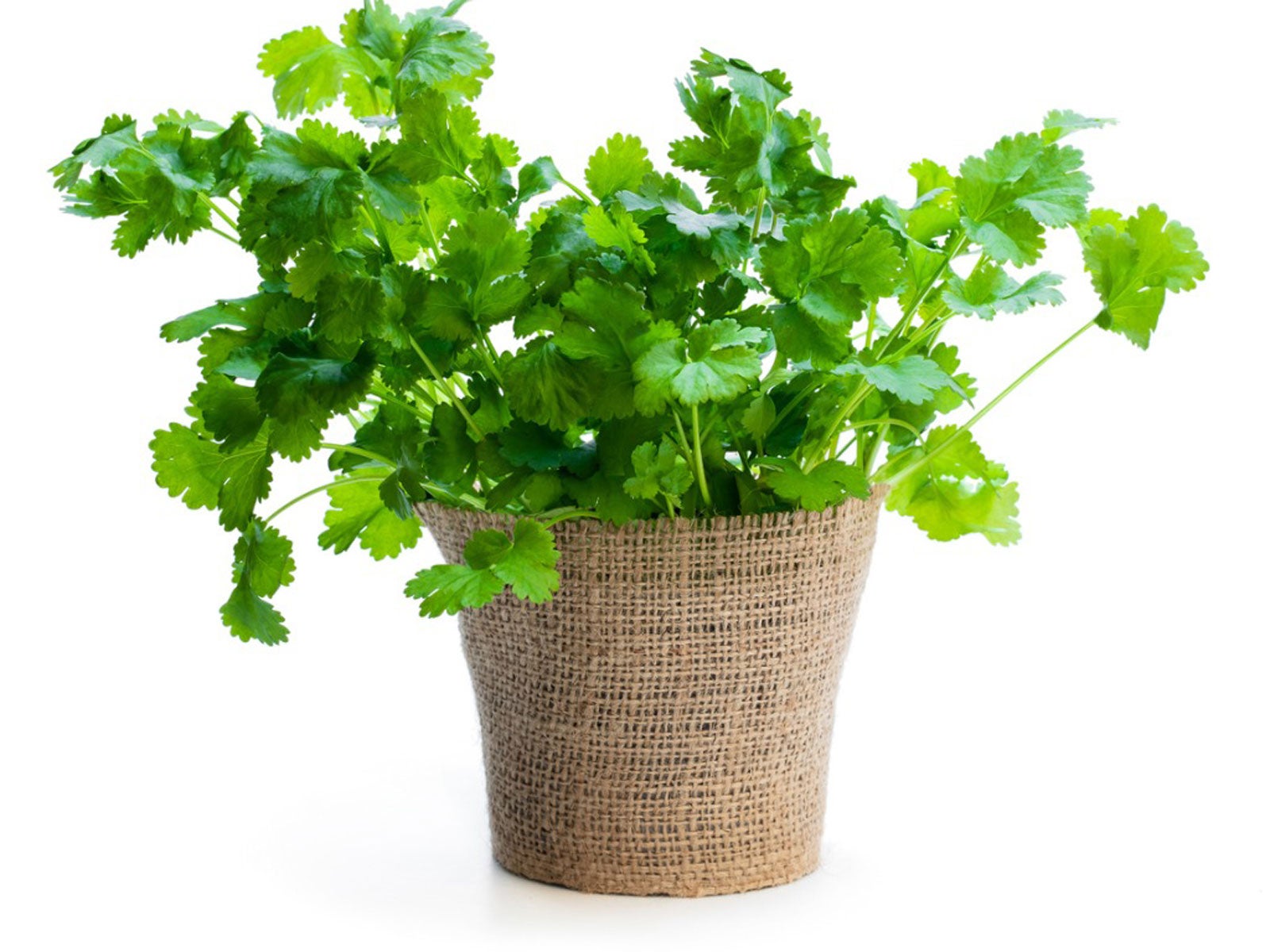 How To Grow Cilantro Indoors: Complete Care & Growing Guide
How To Grow Cilantro Indoors: Complete Care & Growing GuideLearning how to grow cilantro indoors will keep this delightfully tasty herb at your fingertips in the kitchen.
By Mary Ellen Ellis
-
 How To Harvest Cilantro
How To Harvest CilantroIf you wish to increase the life span of cilantro, harvesting it regularly will help greatly. When it comes to cilantro, harvesting is relatively easy. Read this article to learn about cilantro harvesting.
By Heather Rhoades